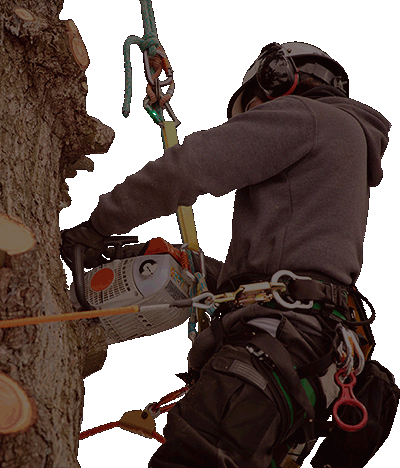
Rich, green leaves are a staple of summer. They’re crisp, bright and a pleasant addition to every landscape. Plus, we love their shady canopy on sunny days.
So if you spot yellowing leaves on your trees, you want them to return to their green glory. An Ontario-based reader recently had a similar goal. She asked us why her river birch leaves were turning yellow and falling off – and how she could fix it.
There are many reasons why you too could see these symptoms. Run down the checklist below to help diagnose your tree.
Test 1: Test for dry soil
If Spartanburg trees aren’t hydrated, the leaves can turn yellow as they try to conserve water.
Test your tree’s moisture by sticking a screwdriver into the soil. If it’s hard to push in, chances are the Spartanburg tree is thirsty and could use a deep watering.
Test 2: Check soil moisture
If the screwdriver test proves there’s moisture deep into the roots, water less.
Your reflex might be to water at the sight of suffering leaves, but overwatering can also lead to yellowing and leaf drop.
Test 3: Inspect and treat
Yellowing leaves and premature leaf drop may point to a leaf disease or summer pest infestation. Consider a free Spartanburg tree inspection to identify the pest or disease and the best treatment.
If an infestation is ruled out, the checkup may reveal a deficiency called chlorosis, which strips leaves of the chlorophyll needed to keep them green.
Begin by performing a soil test and adding any necessary soil amendments. Fertilizer also replenishes lacking nutrients, which in turn helps your tree. Remember, these actions need to happen on a regular basis to have a lasting impact.
Have a question about the appearance of your tree? Comment below for help from our Davey scientists!






